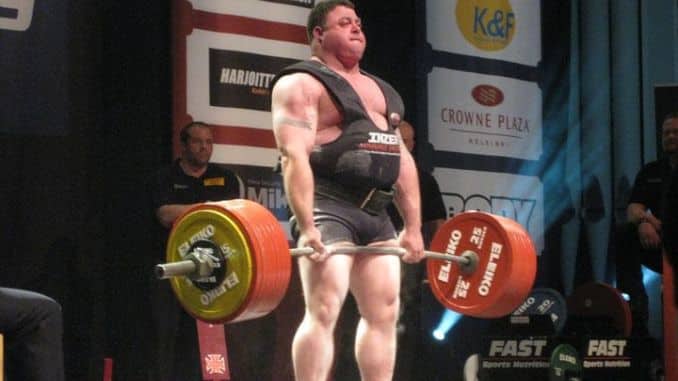
Strength training is a broad category, with many sub-categories within. Each muscle group has nuances and needs; it’s almost as if there are different types of strength. We all know that compound exercises like squats, deadlifts, bench presses, and bent-over rows should form the base of your strength training routine. But depending on your individual needs and goals, you might need to focus more on one area than another.
Why Is Strength Specialisation Important?
Strength is a huge factor in daily life, and it’s often overlooked compared to other physical characteristics like speed and endurance. You need to have a strong base if you’re lifting heavy weights. Strength is also a fundamental part of staying healthy.
When we’re young, we can do just about anything. As we age, it becomes increasingly important to maintain a certain level of strength. Many researchers have found that strength training is just as important as aerobic training for overall health and longevity.
But age makes us more susceptible to injury, especially in the weight room. If you’ve spent years lifting (and tearing) your muscles with high volume, you may have reached a point where your joints and ligaments can no longer keep up. This is when specialization comes into play. Strength training to push your limits can be extremely beneficial if done correctly. But it also comes with a big risk factor involved.
The Importance Of Muscle Specialisation
Just as there are many different types of strength, there are also many types of muscle specialization. When you focus your workouts on a specific area, you’re enhancing muscle growth in that specific area. Let’s take a look at a few examples: Specialising in a certain muscle group can be an effective way to target and strengthen certain muscles.
However, it’s important to remember that your workout routine should be balanced. Specializing in a muscle group should be accompanied by strength training for different muscle groups, mobility, and corrective exercises to keep your body healthy and flexible.
If you focus on one muscle group too much, you risk developing imbalances that can lead to injury. It’s also important to remember that different exercises will target different muscles, making it difficult to focus solely on one muscle group.
It’s cool that I got a guest post from someone who has lifted over 1000 pounds. Amazing!
It is from Andy Bolton.
Here he shares a tip on what he does for massive strength gains.
Enjoy!
~ Rick
Andy Bolton on Massive Strength
I’ve used a cycling approach to strength training throughout my powerlifting career. Sometimes six or 8-week cycles, but usually 12.
Start moderately heavy and get progressively heavier as the weeks go by. It’s simple, effective, and has worked for me and many other great lifters, including the legendary Eddy Coan.
I have often used other approaches, usually for 4-8 weeks at a time. Sometimes these other approaches were for mental stimulation, but usually, they were used to overcome plateaus and build huge amounts of STRENGTH in short periods.
One of these approaches is extreme specialization. Dramatically increase the volume and frequency with which you train a lift. Done for too long – this technique can be a disaster because it can lead to injuries and burnout (both mental and physical).
However, done correctly – it can lead to very FAST strength and size gains. I favor training a lift hard and heavy once a week, but when I use the extreme specialization approach, the frequency will change to 3 or even four times a week.
Many strength protocols will be used, including:
- Heavy sets of 5, 3, 2 and 1
- Speedwork
- Partial movement training
- Technique practice
And more.
Bottom Line
Get an extreme specialization program that works, and you should prepare to say “HELLO” to massive strength gains. Get it wrong, and injury and mental burnout await.
My Deadlift Domination program is tried and tested and has been tweaked and honed throughout my 20 + year powerlifting career. If you’d like to smash your deadlift PR while maintaining or potentially increasing your squat and bench, check it out today.
Andy Bolton of Deadlift Domination


